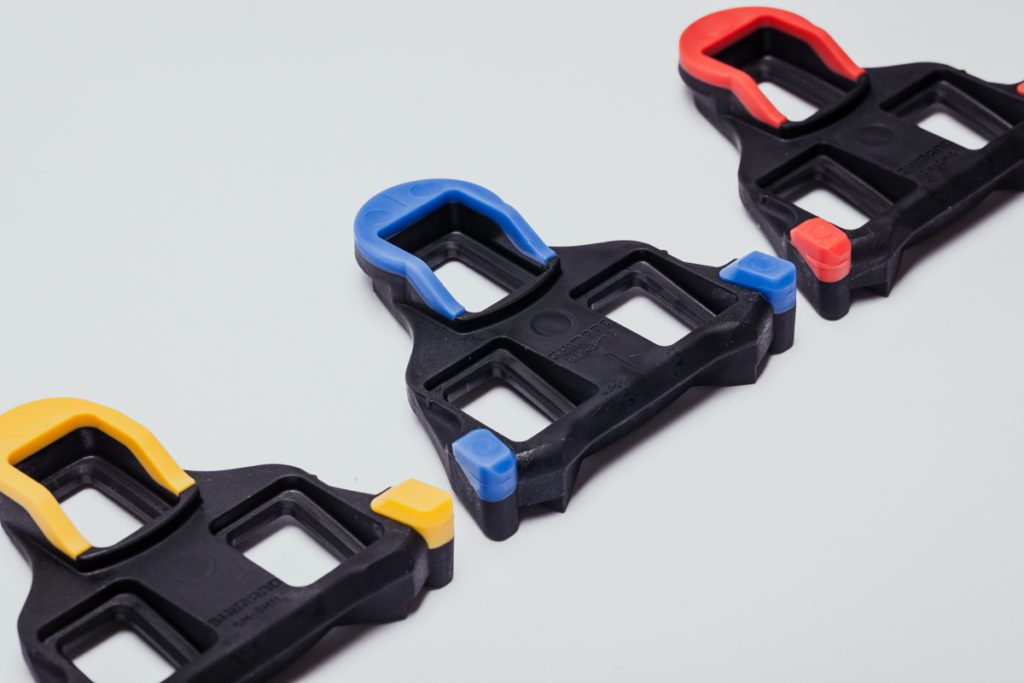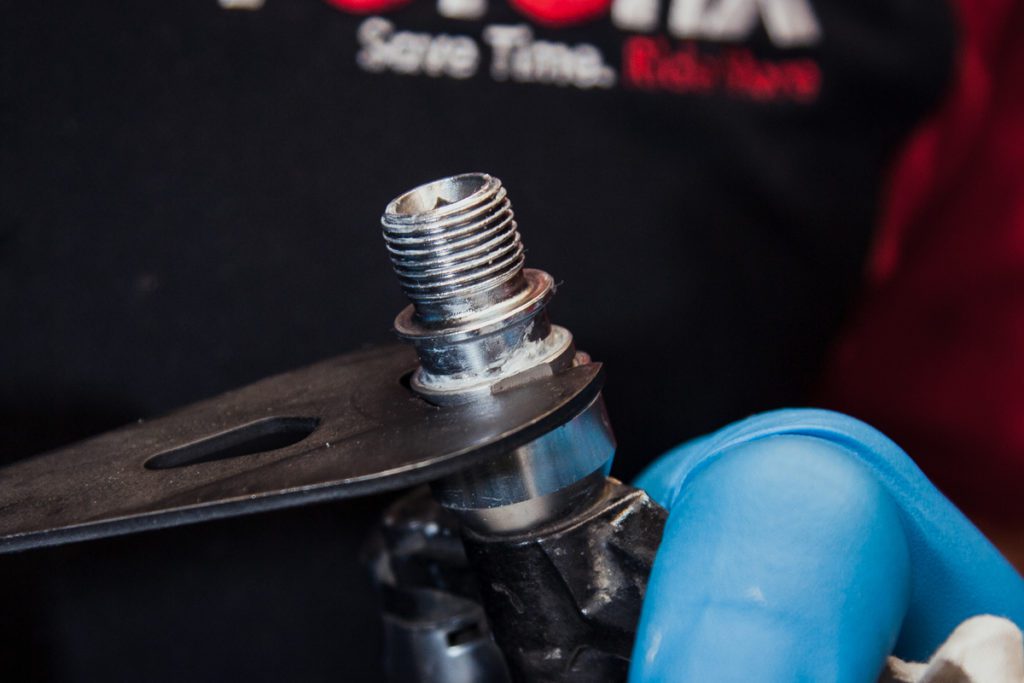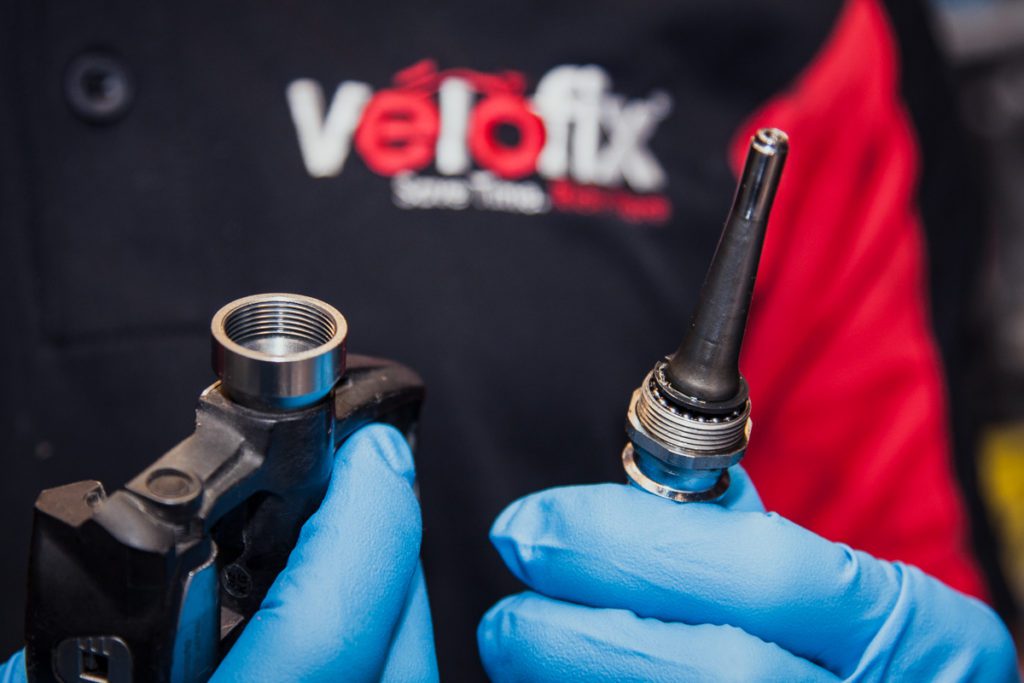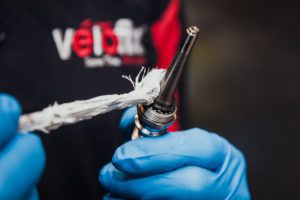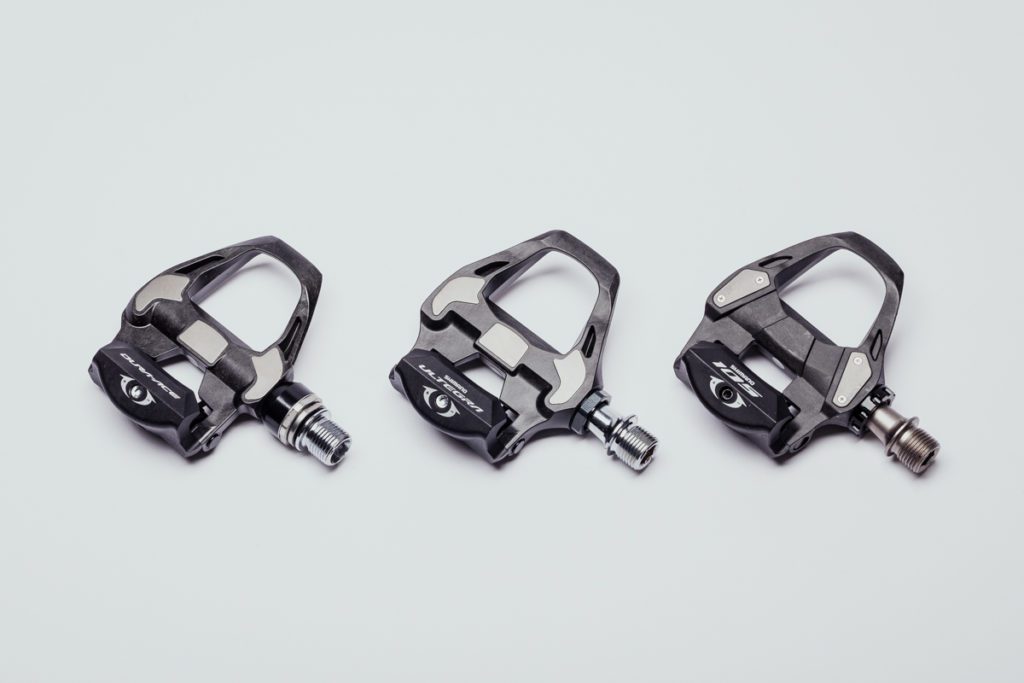Your complete guide to Shimano’s road pedals
Chances are, Shimano’s road pedals will work for you
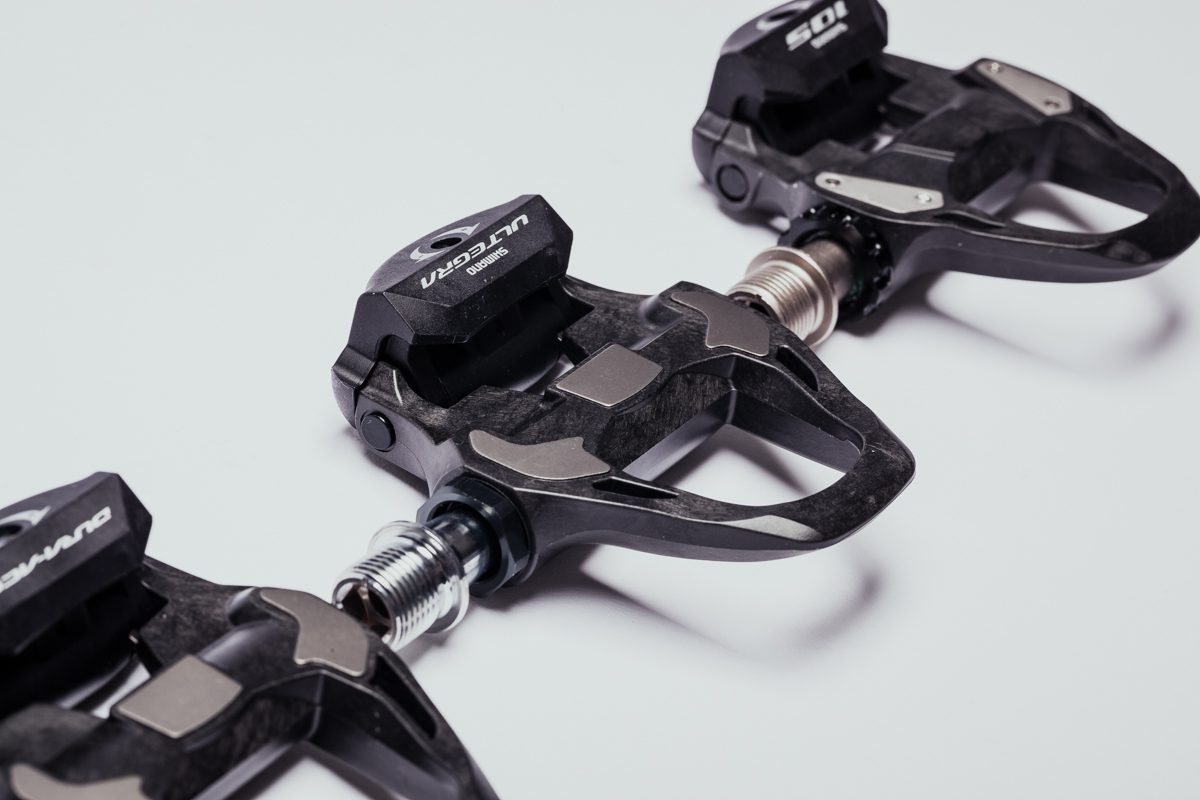
Of the three contact points with your bike (saddle and handlebar the other two), pedals are arguably the most important. All the power produced by your legs is transferred through the pedal, getting it right means miles of comfort and speed, making it extremely important that you have the right pedals, and your cleats are set up correctly.
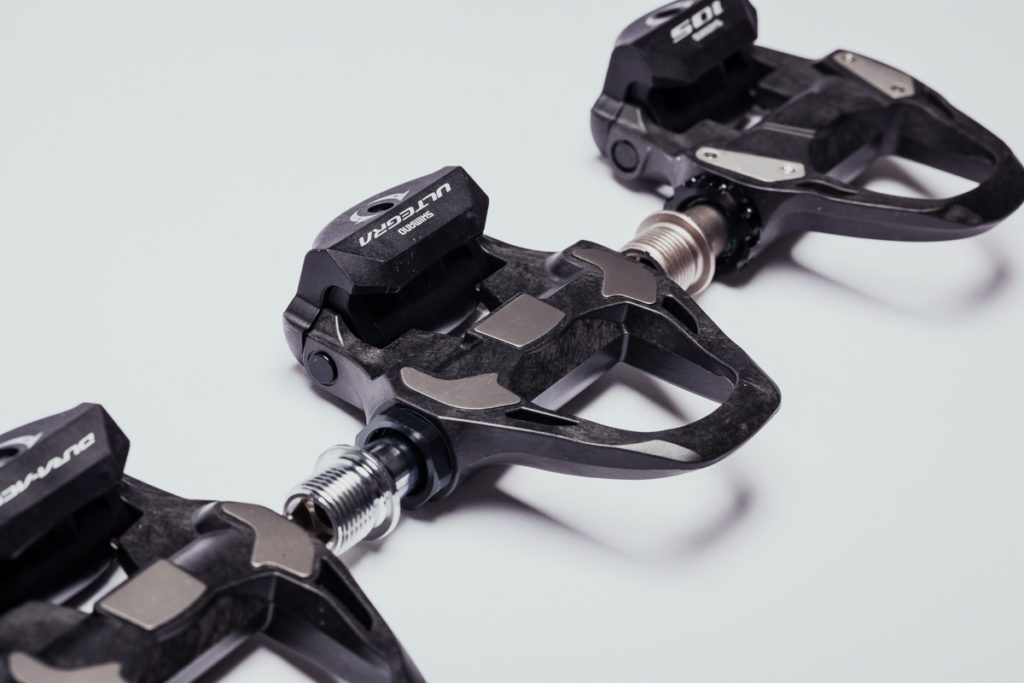 Clipless road pedals are the go to choice for road cyclists who prioritize speed, lightweight and efficient power transfer. No pedals are more common place than Shimano, even on bikes with SRAM or Campagnolo groupsets, brand purity be damned. Known for their dependability, durability and quality, Shimano’s 105, Ultegra and Dura-Ace road offerings have subtle differences that make them right for different set-ups.
Clipless road pedals are the go to choice for road cyclists who prioritize speed, lightweight and efficient power transfer. No pedals are more common place than Shimano, even on bikes with SRAM or Campagnolo groupsets, brand purity be damned. Known for their dependability, durability and quality, Shimano’s 105, Ultegra and Dura-Ace road offerings have subtle differences that make them right for different set-ups.
Shimano offers three cleats for their road pedals. The difference between them is their release angle, or the degree of turn from center the foot needs to make before releasing from the pedal. This number also affects the amount of float each cleat offers. Float is the degrees from left release angle to right release angle that the cleat offers. A cleat with more float will give your foot some wiggle room to move around on the pedal while remaining clipped in. Less or no float provides more efficient power transfer but requires more accurate setup to prevent injuries. To know which cleats you are getting, Shimano uses colours: yellow, blue and red.
The yellow cleat offers 6 degrees of float and a 3 degree release angle with the rotation point being at the center of the cleat. The blue cleat has 2 degrees of float and a 1 degree release angle with the rotation coming at the front for more efficiency in power transfer. The red cleats offers no float at all.
So how do you choose the right cleat? It depends on how injury prone your knees and feet are. Serious racers and sprinters will usually opt for the blue cleats because having a bit of float reduces the chance of injury. If you choose the red cleats you are extremely confident in your bike fit and really prioritize power transfer efficiency. The yellow cleats are the easiest because the extra float allows you to naturally position your foot when pedalling without the same degree of being locked in. On the downside, they don’t give you the same stable platform for pedalling so you may lose some pedal efficiency.
Build quality and durability
Bicycle pedals are exposed to a lot of wear and tear. Not only do the bearings rotate thousands of times per bike ride, but because they are low to the ground they are also exposed to the elements, road spray on wet days and bumps from crashes or putting down your bike. A quality pedal needs to be able to withstand a substantial amount of abuse so they can keep rotating smoothly every time you clip in.
Being able to service the pedals is also extremely important. Bearings on Shimano’s pedals can be removed, regreased or replaced. While cleats should be replaced once they begin to show signs of substantial wear from walking on them and clipping in, pedals shouldn’t have to be replaced too often and can often last years and tens of thousands of kilometres if well maintained.
The main difference between Shimano’s 105, Ultegra and Dura-Ace pedals is the weight. The top-end Dura-Ace pedals have an injection modeled carbon-composite body. They weigh 228 g. Ultegra pedals are only slightly heavier at 248 g with the 105 pedals coming in at 265 g.
The Dura-Ace pedals also have a slightly lower stack. The Q-Factor, the distance from the outside of one crank arm to the outside of the opposite crank arm, is the same on all of Shimano’s road pedals with 50 to 54 mm Q-Factor on standard pedals with the option of 4 mm longer axle for an adjustable Q-Factor of 54 to 58 mm for those who prefer that.
The final main difference between Shimano’s in range road pedals are the number of bearings with the Dura-Ace offering having a third bearing. The third bearing adds pedal stability and can help the internal components last longer before play in the pedal develops.
